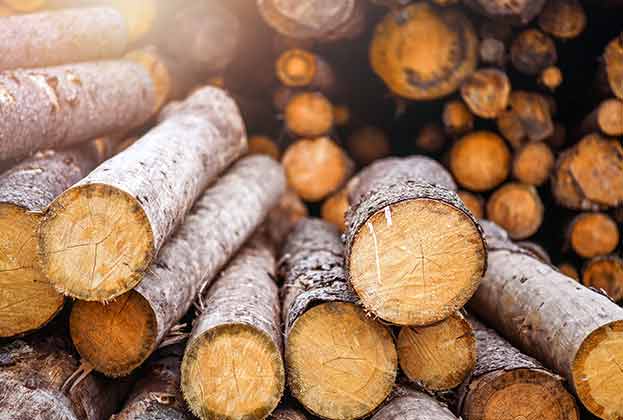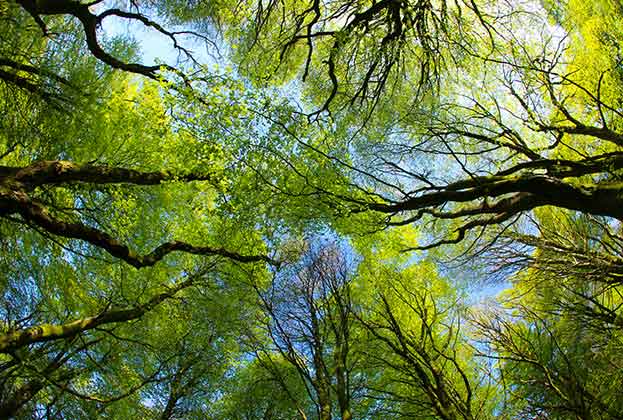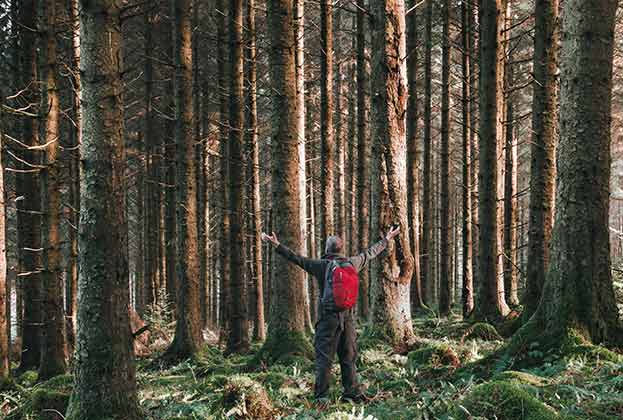We look at carbon sequestration versus returns from commercially driven forestry
The growing interest in woodland carbon for offsetting and ESG objectives makes forestry an increasingly attractive investment. Savills Rural Research modelled the impact of carbon income on a variety of woodland creation models to understand the extent to which carbon is changing forestry market dynamics. Our models (see chart, below) demonstrate that growing trees for commercial carbon (offsetting) and growing trees for commercial timber are very different projects in terms of income potential, timescales around return on investment and scheme design.
The need to prove additionality means that commercial carbon and commercial forestry schemes are increasingly incompatible, as deriving carbon income from financially viable timber production makes additionality hard to justify. All growing trees sequester carbon, however not all woodland creation models can sell carbon offsets. Carbon sequestered can be used as an internal “inset” on a carbon balance sheet. The charts below show that although carbon income is an incentive to planting and will ease cash flow for certain schemes, at current carbon prices, returns from timber remain far more substantial.
High timber prices and high yields have resulted in exponential value growth for commercially driven forestry. It is important to assess the relative price of the assets at maturity, rather than focusing solely on chasing the earlier income streams from carbon, which may lead to investment in a lower yielding model.
While forestry is not solely about carbon, the emergence of carbon sequestration as a key incentive for planting is undeniable. As a disruptor carbon boosts a strengthening forestry market, increasing demand for bare land with planting potential, and making forestry an attractive asset for its “soft” insetting power.
For certain planting schemes such as lower-yielding broadleaf amenity woodland, carbon income is becoming a key driver. However, history reminds us that focusing on single-issue drivers has led to regrettable mistakes in woodland design, such as monoculture plantations when the sole aim was mitigating income tax. It is crucial that investors and land managers understand all their drivers for planting and adopt a long-term, balanced approach.
Carbon values
Income from carbon offsets is not linear, as sequestration rates vary depending on the age and species of the tree. Carbon prices within the voluntary offsetting market vary greatly, from £3/tCO2e to £30/tCO2e. The average price of the mandatory EU Emissions Trading Scheme for April 2020/21 was £24.41/tCO2e. Research has suggested that carbon should be priced between £40–£100/tCO2e in order to accurately represent the cost of reaching net zero by 2050 (2045 for Scotland).
For many companies looking to purchase offsets, the UK provides high quality, verifiable “charismatic carbon”. Companies value the additional benefits UK tree planting can provide such as public access, biodiversity uplift and species protection. If carbon prices rise in line with research predictions, and regulatory baselines continue to increase, carbon will endure and grow as a dominant force for change within the forestry market, blurring the lines between land-use change and viable investment. However, even with rapid carbon price growth, the high returns from timber are likely to remain the most substantial income driver for forestry investment.
Read the articles within The Forestry Market below.
.jpg)


